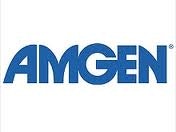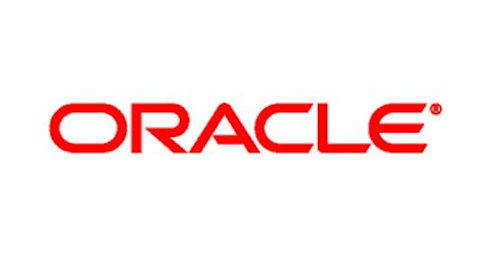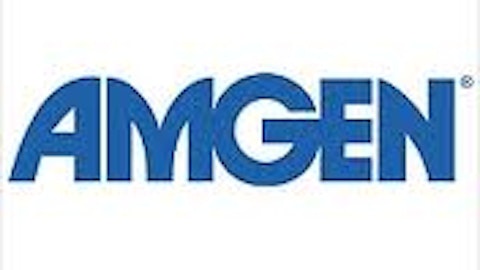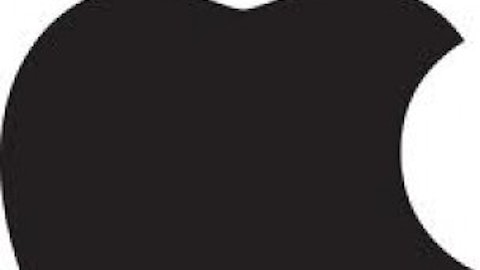When a new strategy hits the Street and it gains assets at a significant rate over a very short period of time, the ability of this new program to absorb the new money is quickly tested.

The iShares MSCI USA Minimum Volatility Index Fund is a well diversified fund that holds 126 different stocks, re-balances on a semi-annual basis, and tracks the MSCI Minimum Volatility Index, which has been in use since May 30, 2008. See the holdings allocation and price charts below:


The top holding of the iShares MSCI USA Minimum Volatility Index Fund is Amgen, Inc. (NASDAQ:AMGN). As of April 25, its position is 1.6% of this ETF. I like the fact that there is no exposure to any one stock and that the total holdings in terms of different stocks are not overly expanded to hundreds (see the price chart of Amgen, Inc. (NASDAQ:AMGN)). Aside from the recent gap in the chart, I can see why this is a positive driver for the iShares MSCI USA Minimum Volatility Index Fund.
Amgen, Inc. (NASDAQ:AMGN) has a terrific first-quarter story. Revenue has increased by 5% and product sales increased by 6%. This has driven adjusted earnings per share up by 22%, and free cash flow increased from $800 million to $900 million. These financial results in connection with the inflows to purchase Amgen, Inc. (NASDAQ:AMGN) shares makes this attractive.

Next in line by weighting is Verizon Communications Inc. (NYSE:VZ). Verizon Communications Inc. (NYSE:VZ) similarly occupies about 1.6% of the iShares MSCI USA Minimum Volatility Index Fund on the same reporting date. Again, there is not too much to this one stock and the price chart below shows a very similar price pattern, especially during the most recent three months. I am starting to think a pattern is developing–more on this thought later.

Verizon Communications Inc. (NYSE:VZ) is another company that is delivering positive financial results in a highly competitive industry. First-quarter earnings per share increased by 15.3%, revenue from wireless sales and services increased by 8.6%, and FiOs revenue climbed 15.1%. The combination of improving financial performance and demand for the shares of this company offer tremendous opportunity to the investor. I like this one, too.
Following this is Duke Energy Corp (NYSE:DUK). Duke Energy Corp (NYSE:DUK) represent 1.6% of the iShares MSCI USA Minimum Volatility Index Fund. Like the others already covered, it’s a small piece of the overall portfolio yet by looking at the recent price chart is a solid contributor to the ETF’s overall recent returns.

Lastly, Bristol Myers Squibb Co. (NYSE:BMY) is just tailing with slightly less than 1.6% of the iShares MSCI USA Minimum Volatility Index Fund allocated to this stock. See the price chart below and again we have another strong price performer during the most recent three months.

I have mentioned in another blog that following the cash flows going into funds as a method to locate either stocks or exchange-traded funds that are receiving fuel for growth as a tool. Looking at how the iShares MSCI USA Minimum Volatility Index Fund has grown significantly in the first quarter of 2013 and how this fund had to allocate according to the underlying index confirms this concept. This offers numerous opportunities.
First to the average investor, who seeks returns with low volatility. Purchasing shares of iShares MSCI USA Minimum Volatility Index Fund will be one method to participate in this very promising index. The other possibility is for those willing to accept greater risk and volatility to follow the top holdings. Quite simply if iShares MSCI USA Minimum Volatility Index Fund continues to receive new money at this rate, it will have to be allocated according to the index. I like either of these two ideas and leave it to the individual investor to choose between them.
The article Over 100% Asset Growth in This Minimum-Volatility ETF originally appeared on Fool.com and is written by Jeff Stouffer.
Copyright © 1995 – 2013 The Motley Fool, LLC. All rights reserved. The Motley Fool has a disclosure policy.



